Tokyo is the Japanese capital, and it is popular for foreign tourists visiting Japan. Since the Edo Shogunate was established in the 1600s, it has developed as a political, economic and cultural centre. Today, it has developed further, mixing lots of attractions, including modern tourist attractions and traditional historic sites.
About Tokyo
Tokyo is located on the south side of the Kanto region. The area is about 2,200 square kilometres and the population is around 13 million. It is the most densely populated city in Japan. (Information accurate as of November 2019)
There are three main tourist areas. The Tokyo metropolitan, such as the city centre, where various facilities are placed. The Okutama area, where you can feel the nature of the mountains, and the islands of Izu and Ogasawara, where untouched islands are gathered.
Is Tokyo Safe at Night?
Tokyo is relatively safe at night. According to a survey by The Economist (magazine-format newspaper published in England) in September 2019, it was named the safest city in the world.
Furthermore, volunteers patrol day and night under the "Tokyo Metropolitan Safety and Security Town Development Ordinance" which was enacted in 2003. In addition, police are patrolling and taking measures against terrorism in shopping districts.
Weather and Temperature in Tokyo
Because there are four distinct seasons, enjoying the unique scenery and food of Japan during each season is also one of the attractions of Tokyo.
Spring (March, April and May)
It gets warmer throughout the day during the Spring, during this period, plums, cherry blossoms, nemophila, and wisteria flower one after another, adding beautiful colors to the landscape. There are days that are less than 10 degrees Celsius in March, but there are also days in May that exceed 20 degrees Celsius. A thin coat or cardigan is essential for this type of weather. If you are not good in cold weather, you should wear layers such as tights or thick underwear.
Summer (June, July and August)
Summer in Tokyo is characterized by the high humidity, but also by traditional culture such as wearing a yukata and sprinkling water on pavement, as well as events that include the Tanabata festival and fireworks displays, among others. Because there is a rainy season in June, it is convenient to have a folding umbrella and a raincoat on hand while walking throughout the city. Through June, July and August, the average temperature is less than 30 degrees. In August, days are likely to reach over 30 degrees and humidity is high during the day, so we recommend drinking plenty of drinking water, applying sunscreen, using a parasol, and the like when taking sightseeing excursions.
Autumn (September, October and November)
The Japanese have an expression known as "Autumn of appetite," referring to enjoying various foods such as new rice, pacific saury, fruits, and wild vegetables. It is also the season for viewing the beautiful Autumn foliage. September starts out quite severe in terms of hot weather but continues to get cooler day by day after entering October. Since the average temperature in November is around 13 degrees, you should wear a thick coat or a woolen shawl if you don’t do well in cold weather.
Winter (December, January and February)
Winter usually goes hand in hand with snow, but in Tokyo there is typically only a small amount in February, and rarely accumulates. However, illuminations are a very popular Winter feature in Tokyo. The streets of Tokyo will be colored with illuminations starting from December, this time of year is perfect for taking special photographs. Although it's Winter, it's not too cold and the average temperature is around 5 degrees. If you are going to visit Tokyo in winter, it is recommended that you should have a thick wool coat or down coat.
Wondering where to go and how to get around in Tokyo? For more information on Tokyo and its top attractions, check out the article on FUN! JAPAN. source of quotations:FUN!JAPAN 5 Authentic local restaurants where you can enjoy local cuisine while staying in Tokyo
From Hokkaido in the north to Okinawa in the south, Tokyo is a metropolis where delicious foods from all over Japan gather. That is why you can find many traditional local foods in Tokyo that you would normally have to go local to savor. Therefore, we are going to introduce a number of restaurants featuring local cuisine from distant areas that are difficult to visit due to travel schedules. All of them are authentic and local people would be proud of them.
1. Hitsumabushi Nagoya Bincho Maru Bldg. branch
"Hitsu-Mabushi" a bowl of eel served on top of rice. You will be amazed at the unique way to enjoy it!
Hitsumabushi Nagoya Binchou/Tokyo Marunouchi Building, located in a perfect location near the red brick Tokyo Station, offers Nagoya's specialty "Hitsumabushi" - a bowl of "eel rice" topped with finely chopped grilled eel kabayaki and served with different flavors of condiments, dashi (soup stock) and other ingredients. The eel is grilled over binchotan charcoal to make the skin crispy, while the meat is soft and juicy. The special sauce goes perfectly with the eel.
Another reason for its popularity is its convenient location, just a 2-minute walk from Tokyo Station. This restaurant is composed mainly of warm and relaxed table seating, and private rooms for 2 to 10 people are also available. Seats by the window with a view of Tokyo Station right in front of you are especially recommended for foreign customers. You can enjoy local cuisine that inherits the taste of the Nagoya restaurant in Tokyo.
Hitsumabushi Nagoya Bincho Maru Bldg. branch
Open:
Dinner 5:00 pm - 9:00 pm (L.O. 8:00 pm)/ Lunch 11:00 am - 2:30 pm (L.O. 2:00 pm) Closed:
IrregularAverage price:
[Dinner] 6,000 JPY / [Lunch] 3,000 JPYAccess:
Short walk from from Marunouchi South Exit of [Tokyo Station] of JR Lines and Shinkansen. It is on the 6th floor of Marunouchi Bldg.Address:
2-4-1 Marunouchi, Chiyoda-ku, Tokyo MapMore Details Reservation
2. Kenko Bishoku Hakata Mizutaki to Sumibi Yakitori Bijindori
This restaurant is proud of its Mizutaki with rich soup and charcoal grilled chicken which are Hakata, Fukuoka's famous foods.
"Hakatamizutaki to Sumibiyakitori Bijindori" is a restaurant where you can enjoy "Hakata Mizutaki," a hot pot dish from Hakata, Fukuoka, using "Kinso-dori" - a brand of chicken. The outstanding chicken and vegetables served in the rich soup, made by boiling chicken bones for 9 hours to condense the flavor and essence of the chicken. Do not forget to try the charcoal-grilled yakitori, a simple dish that brings out the best of the ingredients.
The interior of the restaurant has a modern atmosphere with a Japanese theme. There are counter seats and table seats that can be separated from other seats by a blind. Private rooms for 6 to 12 persons are also available in a relaxed Japanese atmosphere. Shoes are asked to removed to enter the room, but the kotatsu-style table with a sunken hole in the floor allows customers to stretch out their legs and relax, so even foreigners who do not like to sit on tatami can use the room with ease.
Kenko Bishoku Hakata Mizutaki to Sumibi Yakitori Bijindori
Open:
[Sundays & Holidays] Hours: 17:00-00:00[Monday - Thursday] Hours: 18:00-04:00[Fridays & Days before holidays]: Hours: 18:00-00:00[Saturdays] Hours: 17:00-04:00Closed:
WednesdaysAverage price:
[Dinner] 5,000 JPYAccess:
2 minute walk from Ebisu Station via all linesAddress:
Five Annex 2F, 1-3-10 Ebisu Nisi, Shibuya-ku, Tokyo MapMore Details Reservation
3. Shimagohan Kokoro Hokkori Okinawa Meshi
Local ingredients are the key to flavor. Enjoy authentic Okinawan cuisine with casual a la carte dishes.
Shimagohan Kokoro Hokkori Okinawa Meshi, located in Kasai, Rinkai District, is a restaurant where you can enjoy authentic Okinawan cuisine made with Okinawan ingredients. The menu includes a variety of typical dishes such as "Goya Chanpuru", which is a mixture of tofu and bitter melon. A variety of course menus are also available, making it easy for foreigners to enjoy local tropical dishes.
The restaurant is mainly composed of casual counter seating that evokes the image of a tropical region and table seating that is ideal for groups. The sunken kotatsu-style tatami rooms, where you can take off your shoes and stretch out your legs, are also popular. In addition, a private tatami room for up to six persons is available. Let's enjoy the taste and atmosphere of this restaurant - which is said to remind Okinawan people of their hometown every time they visit.
Shimagohan Kokoro Hokkori Okinawa Meshi
Open:
[Weekdays, Saturday, National Holidays] Lunch 11:30 am - 3:00 pm (L.O. 2:30 pm) Dinner 5:00 pm - 12:00 am (L.O. 11:00 pm) / [Sunday] Dinner 4:30 pm - 11:30 pm (L.O. 10:30 pm)Closed:
NoneAverage price:
[Dinner] 2,800 JPY / [Lunch] 880 JPYAccess:
3 minutes by foot from Nishi-Kasai station on the Tokyo Metro Tozai lineAddress:
6-18-3 B1F Nishikasai, Edogawa-ku, Tokyo MapMore Details Reservation 4. Kaga Namafu Kappo Kagurazaka MAEDA
Kagurazaka Maeda, tucked away in Kagurazaka Street, is a luxuriously designed Japanese restaurant housed in a traditional building. Its tatami room with 'yukimi-shoji' sliding doors offers serene views of maple trees. The counter, crafted from a single wooden board, and walls adorned with fresh flowers create a noble ambiance. The restaurant serves traditional Kaga Kaiseki, a multi-course meal featuring Kaga-Namafu (raw wheat gluten), paired with rare sake, shochu, champagne, or wine, offering a remarkable culinary journey.
Kaga Namafu Kappo Kagurazaka MAEDA
Open:
[Weekdays] Lunch 11:30 am - 3:00 pm (L.O. 2:00 pm) / Dinner 5:30 pm - 11:00 pm (L.O. 9:30 pm) / [Saturday, Sunday, National Holidays] Lunch 11:30 am - 4:00 pm (L.O. 3:00 pm) / Dinner 5:00 pm - 11:00 pm (L.O. 9:30 pm)Closed:
NoneAverage price:
[Dinner] 15,000 JPY / [Lunch] 4,000 JPYAccess:
4-minute walk from Iidabashi Station on the JR Chuo Line and Sobu Line / 3-minute walk from Exit B3 of the Tokyo Metro Iidabashi StationAddress:
3-6, Kagurazaka, Shinjuku-ku, Tokyo Map
More Details Reservation 5. Dohtonbori Okachimachi Branch
Dohtonbori Okachimachi Branch, living up to its slogan "delicious and healthy," offers a diverse menu showcasing Japan's regional food culture. From okonomiyaki, Hiroshimayaki, modernyaki, monjayaki, to teppanyaki, the restaurant uses a balanced variety of ingredients, focusing on health. Essential vegetables for okonomiyaki are sourced from reliable domestic producers. Its interactive dining, where guests can grill their food, adds to its appeal. Additionally, it offers all-you-can-eat and drink courses, providing a fun-filled experience centered around the teppan grill.
Dohtonbori Okachimachi Branch
Open:
11:00 am - 10:30 pm (L.O. 9:30 pm)Closed:
NoneAverage price:
[Dinner] 2,500 JPY / [Lunch] 2,500 JPYAccess:
1-minute walk from Okachimachi Station South Exit. 8-minutes walk from Ueno Station Shinobazu Exit.Address:
5-20-3, Ueno, Taito-ku, Tokyo MapMore Details Reservation
Disclaimer: All information is accurate at time of publication.

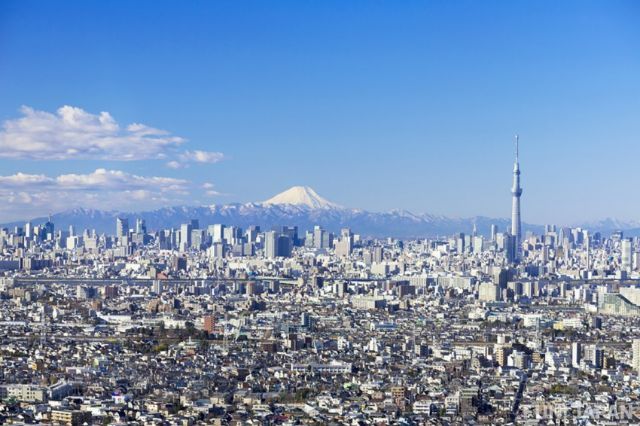
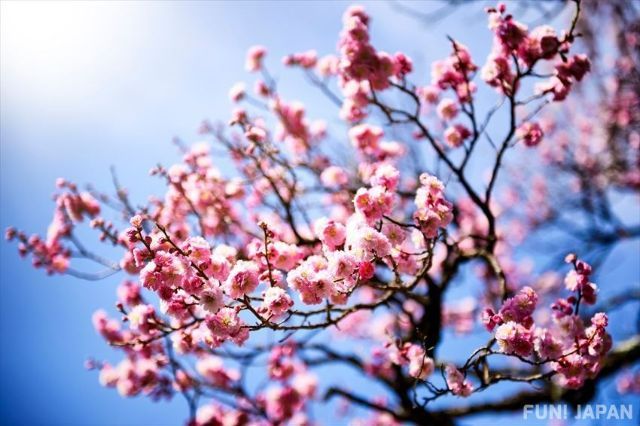
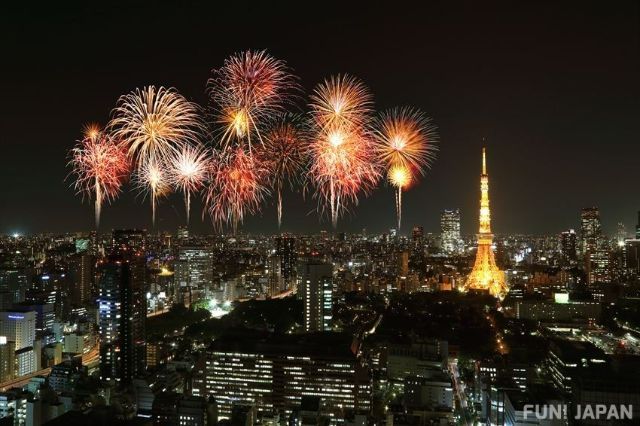
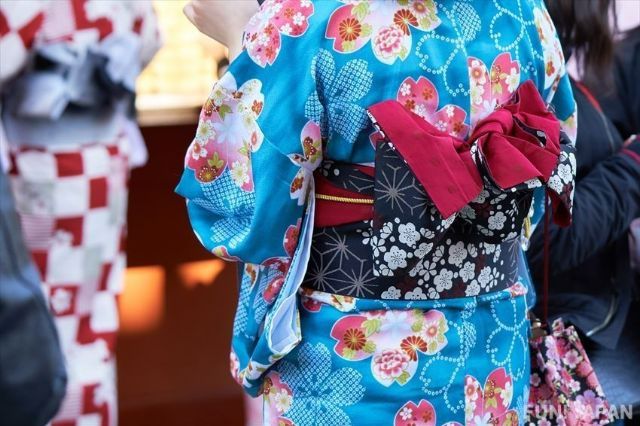
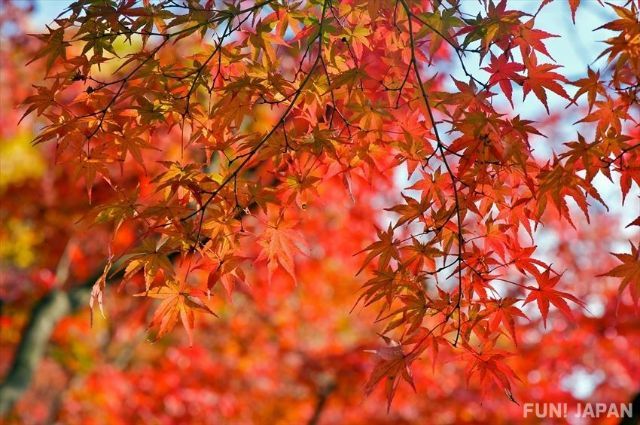
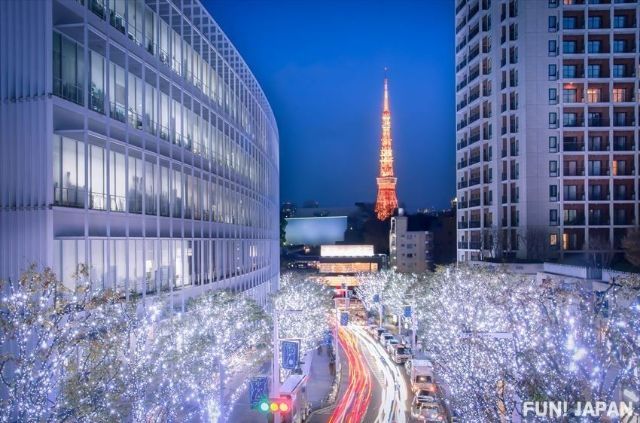

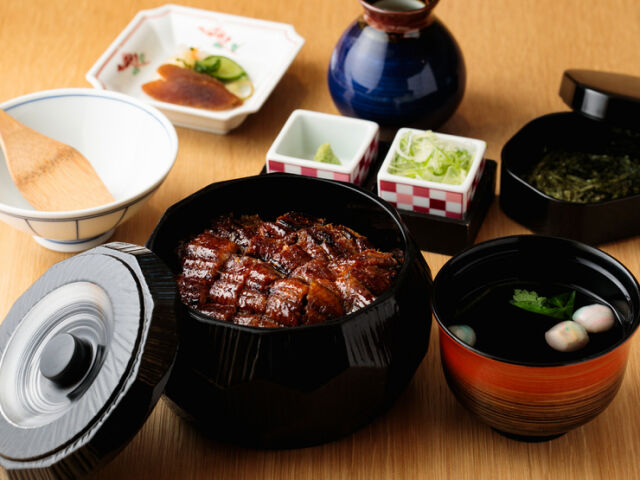
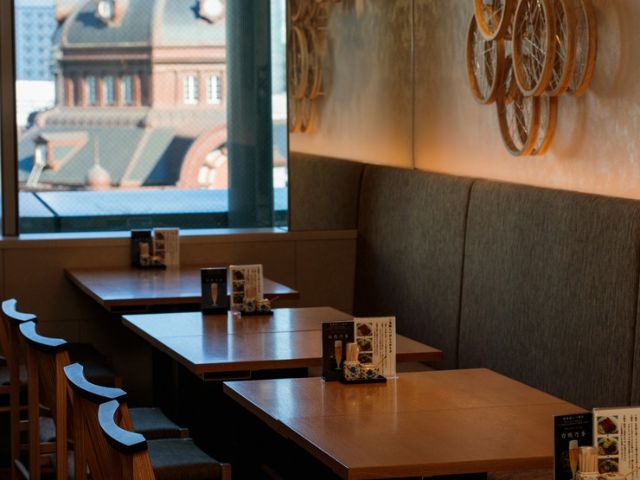
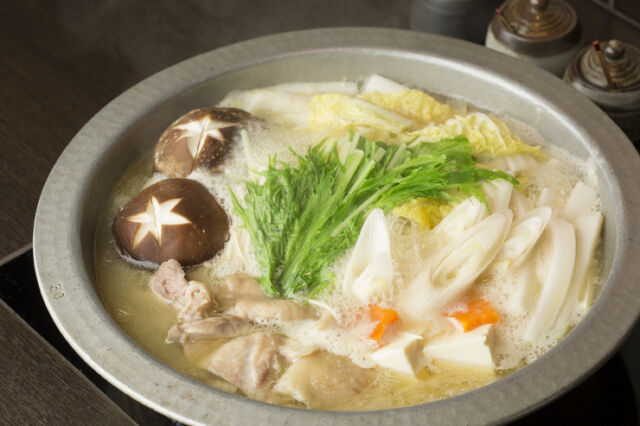
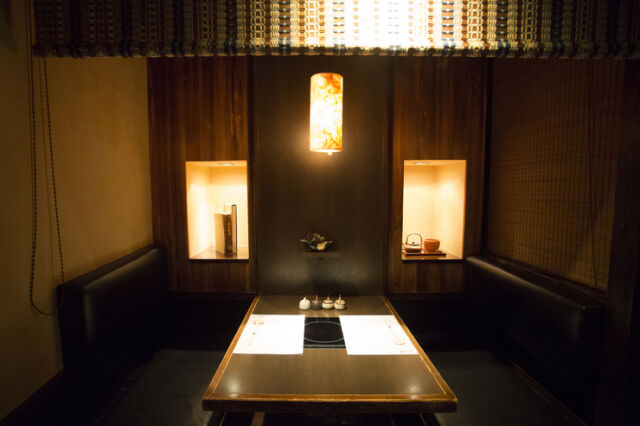

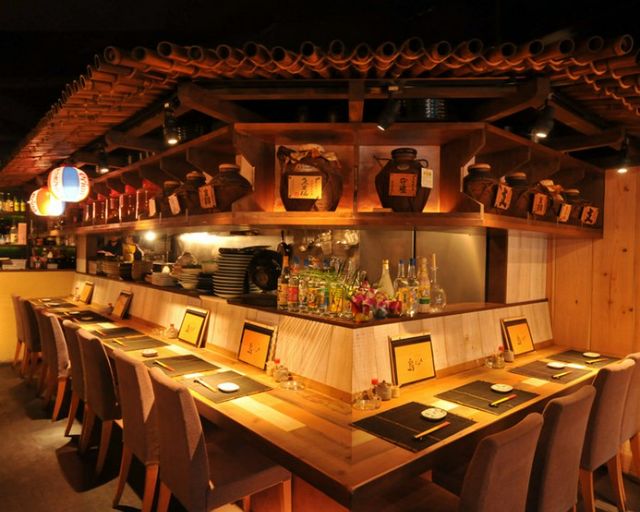
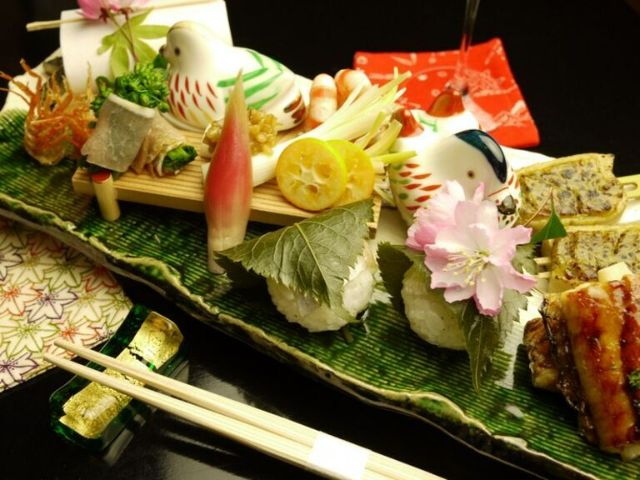
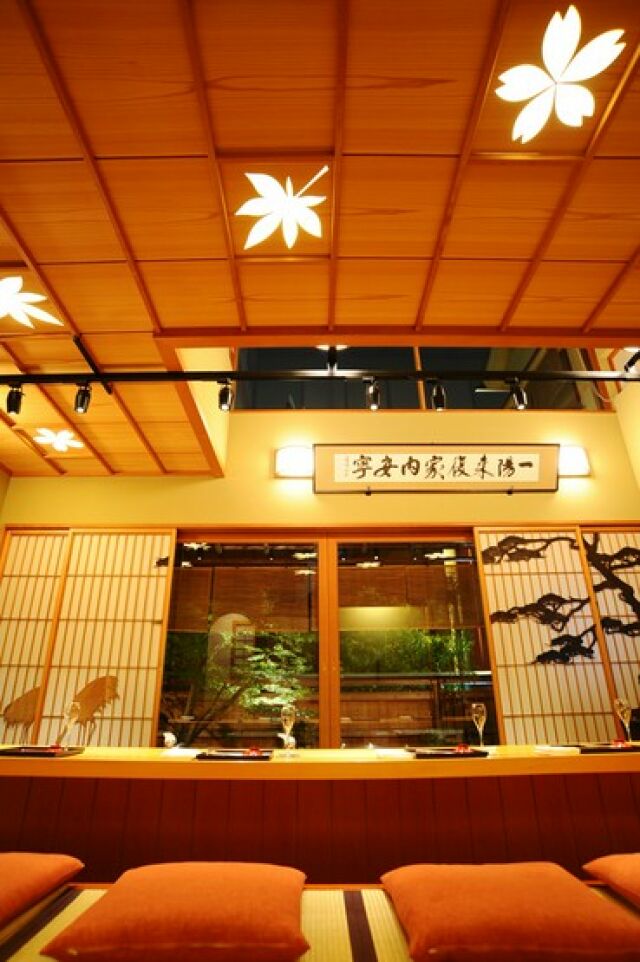
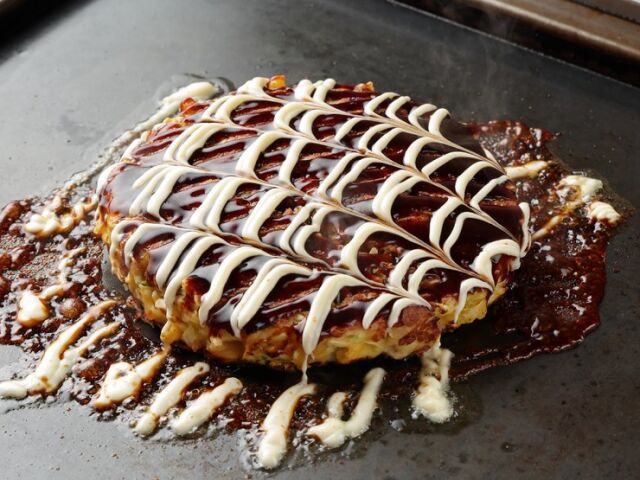
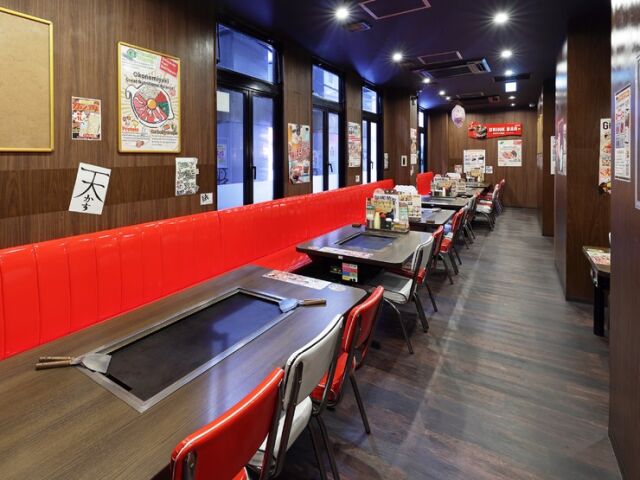









![Azabudai Hills [SUMI] (Janu Tokyo) ~ Editor's Afterword by the Editor-in-Chief of Japan's Gourmet Site](/gg/content_image//image/discover_oishii_japan/6536/article_head_150x105z.jpg)









